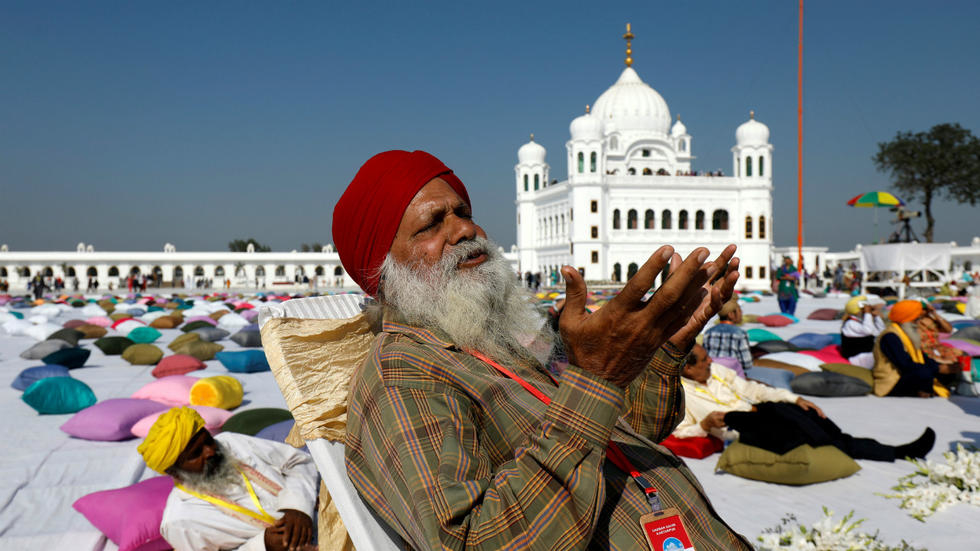Millions of Sikhs around the globe are celebrating the 550th birth anniversary of Guru Nanak, founder of their religion.
The three-day celebration which kicked of from a small city in northeastern Pakistan will run through Nov. 12.
They come from within Pakistan, from the Middle East, Europe, the United States and Canada, but the majority arrive from neighbouring India.
What makes this year special is the opening of a key border crossing between India and Pakistan allowing Indian Sikh pilgrims visa-free access to Kartarpur Sahib, the most revered temple in the religion and the final resting place of Guru Nanak.
Born in 1469 in Nankana Sahib, a remote city in Pakistan, Guru Nanak was the first of a total of 10 Sikh Gurus.
Gurdwara Janam Asthan, a vast and imposing complex with large manned gates located at one end of the main artery that runs through the city, marks the spot where Guru Nanak was born.
While Gurdwara Janam Asthan remains the main focus for pilgrims, over the past few years, several smaller gurdwaras that had been in ruins for decades have been renovated.

These gurdwaras tell a story of a state reimagining its relationship with its Sikh heritage and actively trying to preserve it.
Men in colourful turbans and dangling kirpan (a knife or sword) and women in saris – once a regular sight in the cities and towns of what came to be known as West Punjab – will become so again.
The sound of Sanskritised Punjabi and the drone of kirtan (devotional songs) from the loudspeakers of the city’s gurdwaras will mingle with the azan, the Muslim call to prayer.

The Golden Temple in Amritsar, in north-western India, is the holiest Gurdwara (where Sikhs worship). It was lit up to host processions as Sikh worshippers took part in the three-day celebration of Guru Nanak’s birth.

On Tuesday, the day of the anniversary and the final day of celebrations, gurdwaras will be decorated with flowers, flags and lights while worshippers sing hymns, recite poems and listen to lectures on Sikhism.



